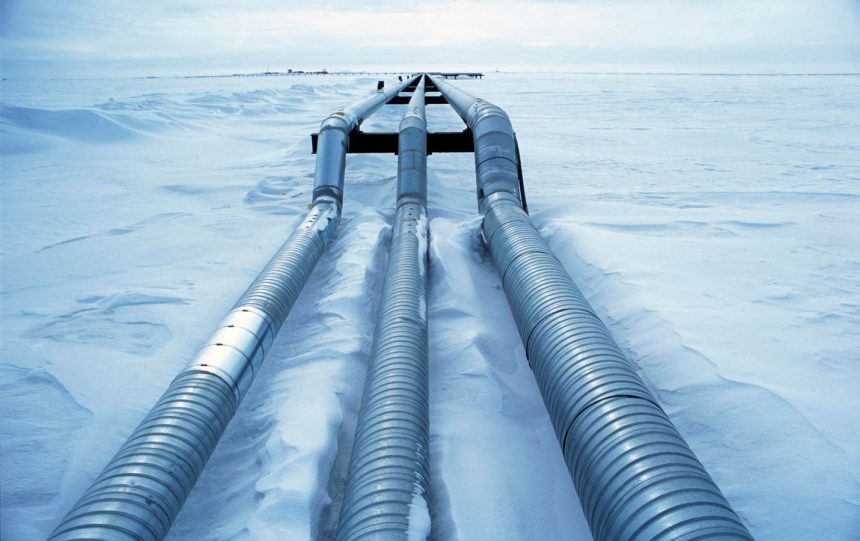Summary of Themes in Economic Climate Impact of Energy and Infrastructure Assets
In recent years, the economic landscape has been affected by the underestimated value of energy and infrastructure assets, as their costs have risen due to factors such as rising material prices, material supply chain disruptions, labor costs, and inflationary pressures. The sustained climb in these costs creates two unique dynamics:
First, existing asset footprints are now undervalued relative to their book value, with stakeholders optimistic about the future of these assets. Second, the high capital requirements and timeframes for constructing new projects have significantly increased, leading to a revaluation of these industries.
Rising Costs of Raw Materials and Aluminum Prices
One of the key drivers of the climate-sensitive economy is the escalating prices of critical materials, particularly steel and aluminum, which are foundational to infrastructure and oil/gas production. Steel prices surged due to global supply chain constraints, elevated energy costs, and geopolitical tensions. Similarly, aluminum prices have increased following higher energy costs and supply chain disruptions. While these costs may not yet be fully reflected in asset valuations, they present a gap between the book value and their true replacement costs.
Labor Costs and High-Cost Workforce
The labor cost environment has also changed, with stricter immigration policies and skewed demographics leading to higher labor costs globally. Labor-intensive industries like construction and industrial asset maintenance have historically benefited from low-cost labor, but now these costs are driving up the incomes of many workers. This transformation means that existing assets retain greater intrinsic value as industry investments become more costly to replicate.
Impact of Post-COVID-19 Economic Risks
The COVID-19 pandemic introduced significant new challenges, particularly with the surge in demand for new equipment. This led to considerable rises in equipment pricing, primarily due to persistent supply chain disruptions, inflationary pressures, and ongoing tariffs on Chinese manufacturers. While these prices may not yet fully escalate, the associated construction costs of projects are increasing within companies, with higher costs of capital and longer project timelines further complicating the process.
Revaluation of Incorporatingpegged to Industry Trends
These economic uncertainties have led to a revaluation of assets, arguing that simply adopting historical cost and depreciation schedules will significantly underestimate the current replacement costs of legacy investments. This underestimation is particularly relevant for industries where technology has advanced fast, making the replacement of older assets costly and time-consuming. For incumbent companies, this revaluation is a potential barrier to high growth, as they experience slower returns and a re-inaction in strategic decisions.
On Both Sides of the Story
Pivotal to this revaluation is the role of permits, which have incurred rising costs. Companies must now decide whether to invest in existing infrastructure or focus on new projects. Factors such as the potential强度 of projects, their precedent status, and the associated risks and costs play a role in this decision-making process.



